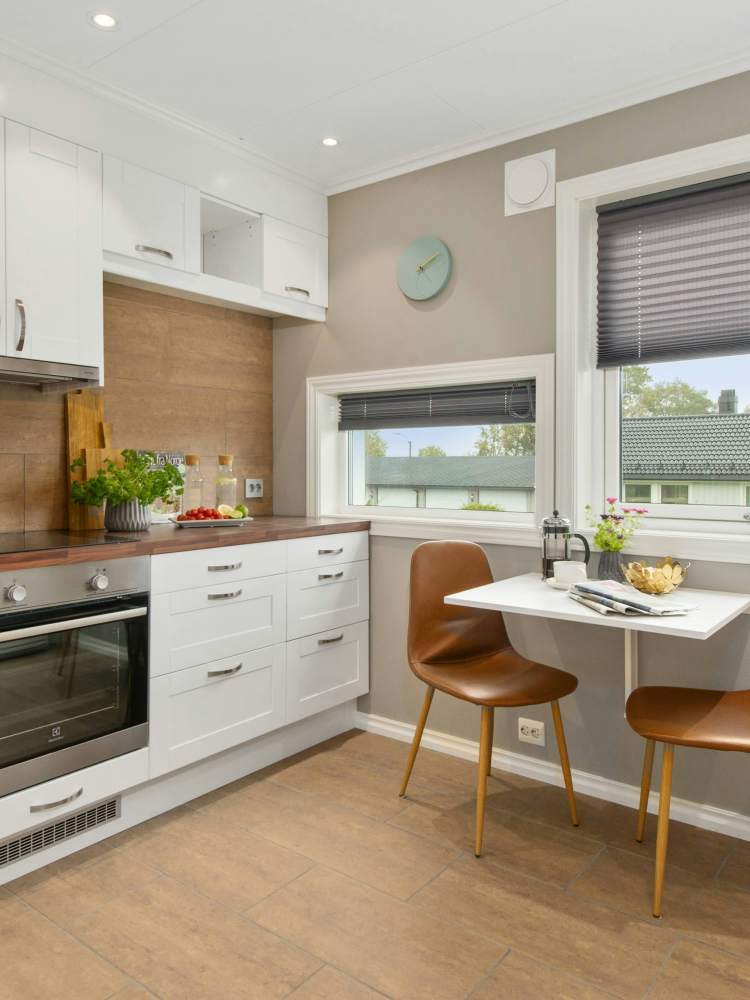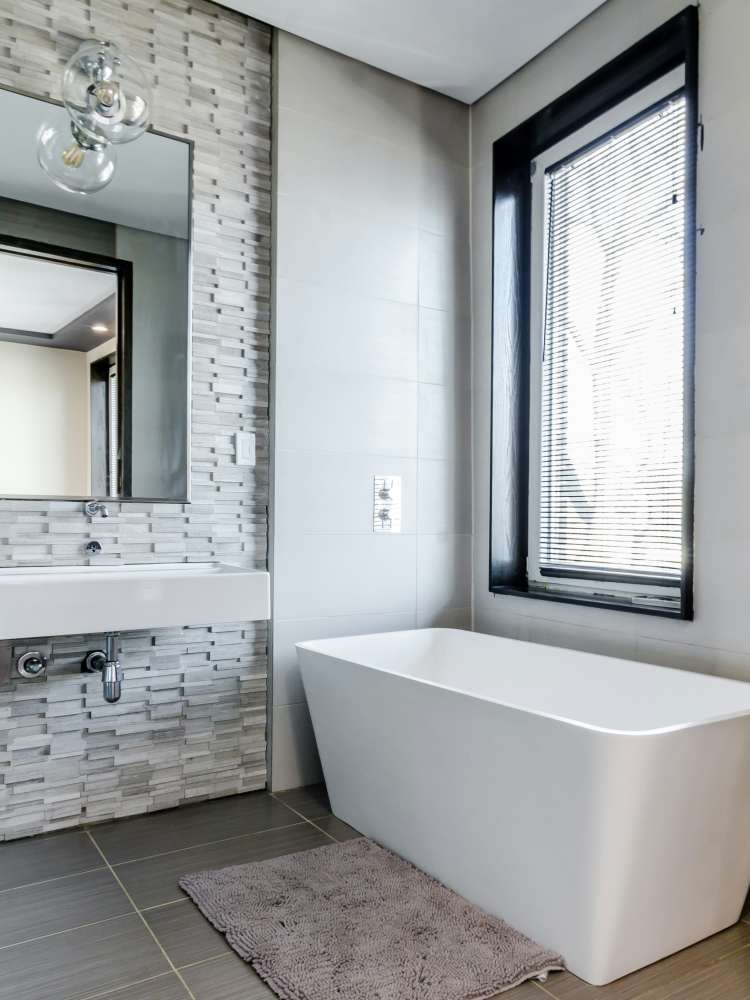TGM Springbrook
- 63 units available
- 1 bed • 2 bed
- Amenities
Patio / balcony, Dishwasher, Pet friendly, Garage, Gym, Pool + more
Patio / balcony, Dishwasher, Pet friendly, Garage, Gym, Pool + more
In unit laundry, Patio / balcony, Pet friendly, 24hr maintenance, Parking, Pool + more
In unit laundry, Nest technology, Patio / balcony, Dishwasher, Pet friendly, Garage + more
In unit laundry, Patio / balcony, Granite counters, Dishwasher, Pet friendly, 24hr maintenance + more

In unit laundry, Patio / balcony, Granite counters, Hardwood floors, Dishwasher, Pet friendly + more
In unit laundry, Patio / balcony, Hardwood floors, Dishwasher, Pet friendly, 24hr maintenance + more
In unit laundry, Patio / balcony, Pet friendly, Garage, Gym, Pool + more
In unit laundry, Patio / balcony, Hardwood floors, Pet friendly, 24hr maintenance, Garage + more
In unit laundry, Patio / balcony, Hardwood floors, Dishwasher, Pet friendly, 24hr maintenance + more
In unit laundry, Putting green, Golf room, Patio / balcony, Pet friendly, Garage + more

On-site laundry, Patio / balcony, Granite counters, Hardwood floors, Dishwasher, Pet friendly + more
On-site laundry, Pet friendly, 24hr maintenance, Air conditioning, Ceiling fan, Elevator + more
On-site laundry, Dishwasher, Pet friendly, Air conditioning, Elevator, and Online portal
W/D hookup, Pet friendly, New construction, Pool, Microwave, and Internet access
W/D hookup, Patio / balcony, Hardwood floors, Dishwasher, Pet friendly, New construction + more
W/D hookup, Patio / balcony, Dishwasher, Pet friendly, New construction, and Pool



Searching for an apartment for rent in Aurora, IL? Look no further! Apartment List will help you find a perfect apartment near you. There are 95 available rental units listed on Apartment List in Aurora. Click on listings to see photos, floorplans, amenities, prices and availability, and much more!
The average rent in Aurora is $1,653 for a studio, $1,841 for a one-bedroom apartment, and $2,286 for a two-bedroom apartment. If you are looking for a deal, keep an eye out for a red pulsing icon that indicates rent specials.
Tired of browsing? Take our personalized quiz. You’ll answer a couple of simple questions and we’ll put together a list of Aurora apartments that are best for you. We’ll also factor in your commute, budget, and preferred amenities. Looking for a pet-friendly rental, or an apartment with in-unit washer and dryer? No problem, we’ll provide you with apartments that match that criteria.
You can trust Apartment List to help you find your next Aurora, IL apartment rental! After all, everyone deserves a home they love.
Welcome to the Apartment List October 2025 Rent Report for Aurora, IL. Currently, the overall median rent in the city stands at $1,962, roughly the same as last month. Prices remain up 2.3% year-over-year. Read on to learn more about what’s been happening in the Aurora rental market and how it compares to trends throughout the broader Chicago metro area and the nation as a whole.
The median rent in Aurora fell by 0.1% over the course of September, and has now increased by a total of 2.3% over the past 12 months. Aurora’s rent growth over the past year has has fallen behind the state average (4.2%) but has outpaced the national average (-0.8%).
Nine months into the year, rents in Aurora have risen 5.0%. This is a slower rate of growth compared to what the city was experiencing at this point last year: from January to September 2024 rents had increased 7.4%.
If we expand our view to the wider Chicago metro area, the median rent is $1,690 meaning that the median price in Aurora ($1,962) is 16.1% greater than the price across the metro as a whole. Metro-wide annual rent growth stands at 4.1%, above the rate of rent growth within just the city.
The table below shows the latest rent stats for 11 cities in the Chicago metro area that are included in our database. Among them, Lombard is currently the most expensive, with a median rent of $2,162. Waukegan is the metro’s most affordable city, with a median rent of $1,409. The metro's fastest annual rent growth is occurring in Oak Park (8.8%) while the slowest is in Carol Stream (-0.7%).
You can also use the map below to explore the latest rent trends in the Chicago metropolitan area.
Apartment List is committed to the accuracy and transparency of our rent estimates. We begin with reliable median rent statistics from the Census Bureau, then extrapolate them forward to the current month using a growth rate calculated from our listing data. In doing so, we use a same-unit analysis similar to Case-Shiller’s approach, capturing apartment transactions over time to provide an accurate picture of rent growth in cities across the country. Our approach corrects for the sample bias inherent in other private sources, producing results that are much closer to statistics published by the Census Bureau and HUD. For more details, please see the Apartment List Rent Estimate Methodology.
Apartment List publishes monthly rent reports and underlying data for hundreds of cities across the nation, as well as data aggregated for counties, metros, and states. These data are intended to be a source of reliable information that help renters and policymakers make sound decisions. Insights from our data are covered regularly by journalists across the country. To access the data yourself, please visit our Data Downloads Page.
Welcome to the Apartment List October 2025 Rent Report for Aurora, IL. Currently, the overall median rent in the city stands at $1,962, roughly the same as last month. Prices remain up 2.3% year-over-year. Read on to learn more about what’s been happening in the Aurora rental market and how it compares to trends throughout the broader Chicago metro area and the nation as a whole.
A common misperception among outsiders is that Aurora is one of Chicago’s many sleepy suburbs, when in fact it’s a city of its own with a distinct vibe, culture, and economy. Situated alongside the Fox River on the far western edge of the Chicagoland area, Aurora is about a 40-mile trek, which makes it roughly a 14-hour car ride during rush hour, from the Windy City. Though much of Aurora’s commerce and job base remains directly tied to big brother Chicago, the so-called “City of Lights” is a bustling community of 170,000-plus that boasts a variety of distinct neighborhoods and housing options. Here are a few things we thought you might like to know before beginning your hunt for the perfect Aurora pad:
Party On, Aurora
View Aurora City GuideA common misperception among outsiders is that Aurora is one of Chicago’s many sleepy suburbs, when in fact it’s a city of its own with a distinct vibe, culture, and economy. Situated alongside the Fox River on the far western edge of the Chicagoland area, Aurora is about a 40-mile trek, which makes it roughly a 14-hour car ride during rush hour, from the Windy City. Though much of Aurora’s commerce and job base remains directly tied to big brother Chicago, the so-called “City of Lights” is a bustling community of 170,000-plus that boasts a variety of distinct neighborhoods and housing options. Here are a few things we thought you might like to know before beginning your hunt for the perfect Aurora pad:
Party On, Aurora
The representation of ethnic minorities in Aurora is higher than the national average. The eight main ethnic groups that make up the population of Aurora are Hispanic Or Latino (43.5%), White (33.4%), Asian (11.8%), Black Or African American (8.8%), Two Or More (2.1%), Other (0.2%), American Indian Or Alaska Native (0.1%), and Native Hawaiian Or Other Pacific Islander (0%).
The representation of ethnic minorities in Aurora is higher than the national average. The eight main ethnic groups that make up the population of Aurora are Hispanic Or Latino (43.5%), White (33.4%), Asian (11.8%), Black Or African American (8.8%), Two Or More (2.1%), Other (0.2%), American Indian Or Alaska Native (0.1%), and Native Hawaiian Or Other Pacific Islander (0%).
Apartment List has released the results for Aurora from the third annual Apartment List Renter Satisfaction Survey. This survey, which drew on responses from over 45,000 renters nationwide, provides insight on what states and cities must do to meet the needs of the country’s 111 million renters.
